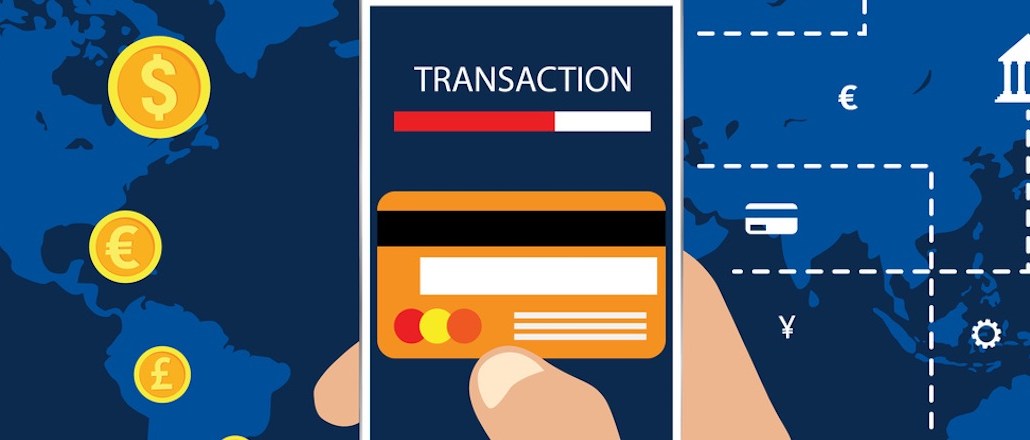Chase has a 10-person ‘newsroom’ delivering financial tips and advice

When searching for advice on planning a trip, funding a triathlon or finding back-to-school deals, a Google search may send you to usual suspects such as Forbes, Money or BuzzFeed. But would you be willing to go to a bank website for news and advice?
Big banks are now getting into the game of offering customers news-like content, aware there are an increasing number of apps and websites competing to influence people’s spending.
Chase is no exception. Its 10-person newsroom, as the bank calls it, creates its own stories and uses freelancers to create articles and videos on topics that include personal finance, retirement planning and life advice. Recent headlines include “Why you should stop comparing your finances to your friends,” “Can money buy happiness?” and “The best times of year to buy a car” – the type of service articles that could easily be found on any number of media sites. Chase branding is heavy. While many of the articles cite government data and external articles and quote external sources, the stories usually link to Chase products and services.
Chase created the unit three years ago, coinciding with the rise of social media and other web-based platforms for personal finance advice. The newsroom is made up of former journalists and marketers. The bank has partnered with media outlets including Business Insider, Time Inc. and theSkimm to run its content on their sites and vice versa.
For Chase, content marketing is a way to build connections with customers and enhance interest in its products and services. The site posts six to 10 articles per week.
“We really want to deepen relationships with customers,” said Brian Becker, executive director and head of the newsroom at JPMorgan Chase. “There’s a lot of competition in those areas, and where we try to be different is using data we get from the JPMorgan Chase institution and using people internally who have perspective. And we also use external creators as well.”
Chase’s partnerships with recognizable media brands and personalities add credibility to its content and help it access hard-to-reach customer segments, the thinking goes. For instance, posting theSkimm content on its site and featuring Chase material in theSkimm’s newsletter has allowed it to reach the startup’s millennial female readership.
“We were an early partner of theirs and were attracted to working with them because of the demographic of their audience the trust that they had built,” said Becker.
One reason marketers have struggled with devoting resources to branded content is because it doesn’t fit the traditional ways marketers measure campaigns’ performance. Chase says one measure of its newsroom’s effectiveness is that it keeps visitors on the site longer, but it wouldn’t provide specifics. According to comScore, Chase.com — the landing site, not the “news” portion, which comScore doesn’t break out — got 33 million monthly unique visitors in December, roughly on par with Bloomberg or CNBC.
Other big banks have jumped on the content-marketing trend, including Wells Fargo, Bank of America, American Express and Citibank. The move toward branded news content invariably results in a clash between what’s news and what’s marketing or promotional material.
For the marketer, branded content is less disruptive than a commercial interruption or a pop-up ad, said Carolee Bennett, senior social content manager at health care and financial services marketing company Media Logic. But the line between branded content and real journalism can be blurry.
“The onus is on the consumer to verify information,” she said. “We’re living in a time where the best practice as a consumer is to always check the source of information that you’re reading, and it may be true that consumers may take branded content with a grain of salt.”
More in Marketing

Pandora is betting on AI agents to scale service and emotional selling during the peak holiday season
Pandora is using AI agents to scale customer service and replicate emotional in-store selling online, just as peak season puts pressure on margins and teams.

Rembrand’s CEO wants to grow virtual ad placements in streaming, and he’s looking elsewhere for models
Omar Tawakol wants to improve advertising within the streaming world, and is working with advertisers and publishers to improve that experience.

Marketers are keen to use generative AI in ad campaigns, but hidden costs lurk
Marketers across the industry want to use AI to cut down on time spent in creative production. It’s not so simple in practice.








